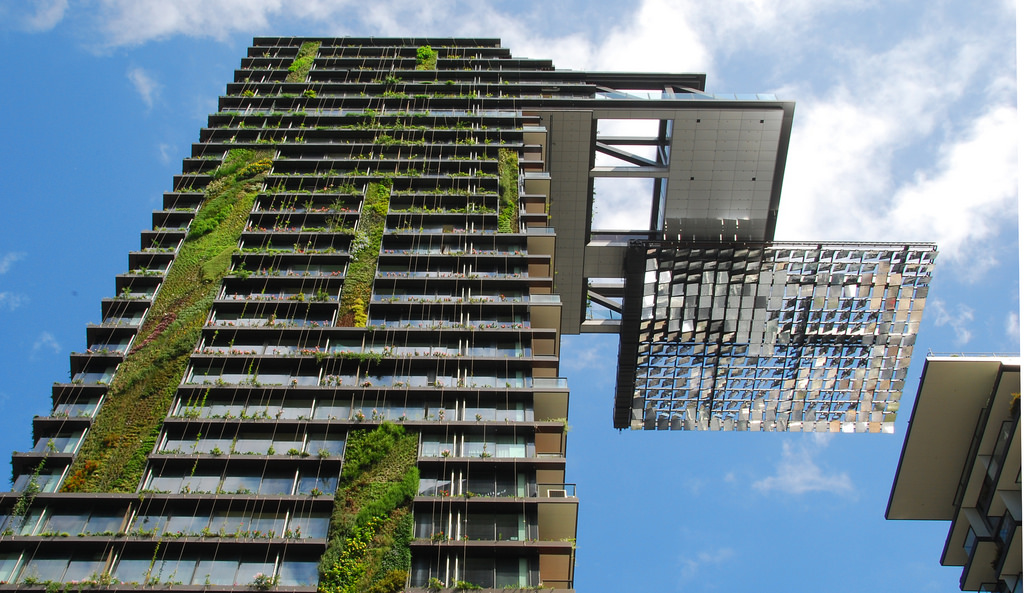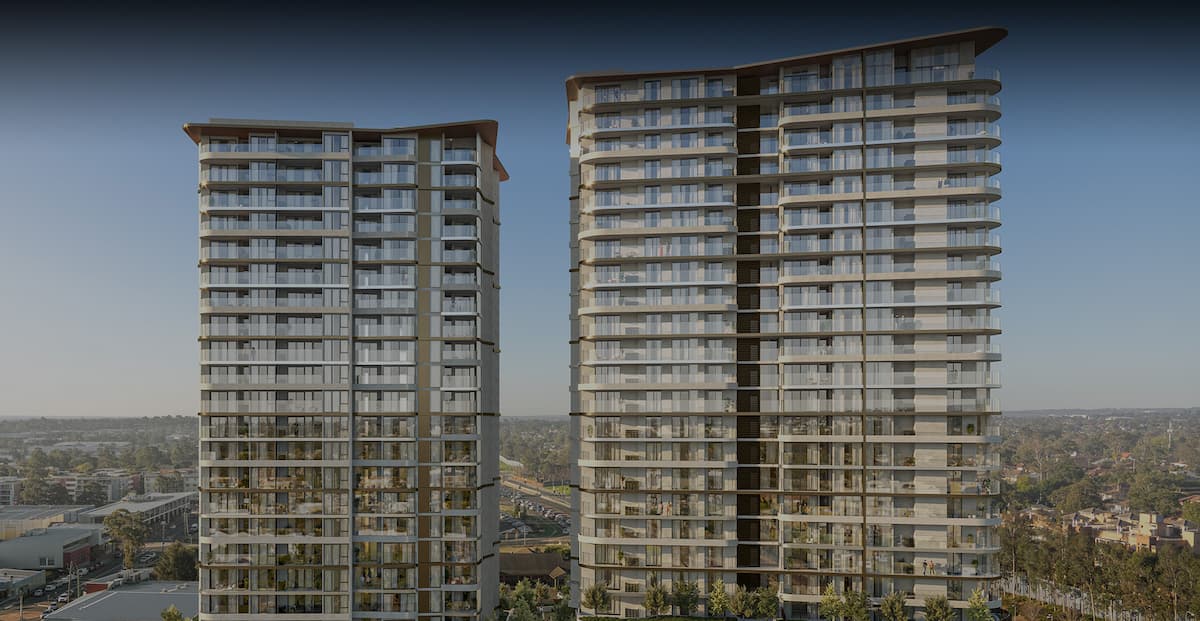Sydney is a vast Metropolis for 5 million people covering over 12,000km2. Is in this vast area there is a variety of housing from small retirement homes to large waterfront mansions. Getting the right mix of housing will be crucial to ensuring that Sydney creates a livable urban environment for its residents.
Urban sprawl (Low-Density)
This describes the spreading out of human populations away from central urban areas into low-density, mono-functional and usually car-dependent communities, a process known as suburbanisation. This occurs predominantly in Western Sydney, concentrated within the North West and South West growth centres. Transportation in these areas being overwhelmed by the influx of people tends to be majorly by automobiles as there are still wide gaps between houses and places of work, markets and recreational centers. This act of spreading out to the less populated areas out of the main urban centers has both advantages and disadvantages, as it is subsequently explained in this article.
Advantages
Based on a report by Matthew E. Kahn (The Quality of Life in Sprawled versus Compact Cities), an unarguable fact is that, compact cities features most employment situated in the Central Business District which in turn limits economic opportunities. There is considerable diversity of types of people and types of firms. Firms that need large parcels of land to operate and people who favourite having their own large private plots of land have to forfeit these desires if they must settle down in compact cities. Sprawled cities offer both firms and households more choices.
Disadvantages
This process according to Homeguide, wouldn’t come without some disadvantages however, as it also encourages:
- Increased Racial and Economic Disparityloss of Wildlife Habitat
- Increased Air Pollution
- loss of Wildlife Habitat
- water Overconsumption
High-rise Apartments (high-Density)
High-rise Apartment is generally understood to be tall buildings or structures used as a residential or office building. The lifestyles in cities where there are high-rise apartments are sometimes not favourable due to greater congestion, the journey to work times and dangerous levels of air pollution are higher in high density. Also, more of walking is practiced in cities due to the fact that buildings are congested, ranging from residential to places of work.
High-rise apartments give a number of advantages, such as:
- More Natural Light
- Ventilation and Fresh Air
- Safety & Security
- The feel of exclusive living
Disadvantages
- Living in a high-rise apartment automatically exposes you to face a harder challenge trying to evacuate during emergencies, such a natural disaster or fire.
- Moving heavy items is another disadvantage to consider in high-rise apartments not only during moving in, but throughout your rental period. This could be moving heavy furniture or appliances during the period of your stay.
- Limited Gardening is also a disadvantage for garden lovers in high-rise apartments.
- Noise pollution is also an unavoidable problem, especially when residing together with people in a building which comprises of people with different diversities and lifestyles.
Terrace Housing (Medium-Density)
A terraced house or an attached house is generally known as one of a row of similar houses joined together by their side walls. However, there is lack of terrace houses outside the inner cities in Sydney due to the 50-year ban on terraces, which lasted until 1962, this created a “massive gap in supply for what we now know is one of the most adaptable, efficient and delightful forms of houses we have, according to a report credited to Planning Minister, Mr Rob Stokes by The Sydney Morning Herald.
This type of houses like others also has its own few advantages and likewise few disadvantages.
These are few advantages of terrace houses according to Mo Bus Property:
- It’s economical
- Easy to clean
- Less garden maintenance
- Safer in security terms (Terrace houses are also believed to be safer and more assured in security terms because, in addition to probably being situated in a secure lifestyle estate with high-tech security, you also have the peace of mind that you are near enough your neighbours to get help almost immediately when necessary, and still having it in mind that your privacy is in no way being threatened.)
The disadvantages of living in a terrace house according to Australian Terrace include;
- Noise and Annoyances: (As terrace houses share party walls and are often aligned with street frontage, noise can come from many directions, whether form traffic or next door neighbors.)
- Structural Problems: (Another often overlooked problem is that sharing a party wall can have its disadvantages. If there are structural problems with the terrace next door, this may well affect others in the row).
- Damp: (Like with all old buildings, damp can be a problem. However it is heightened with taller terraces, especially mid terraces due to a general lack of ventilation and natural heat circulation).






